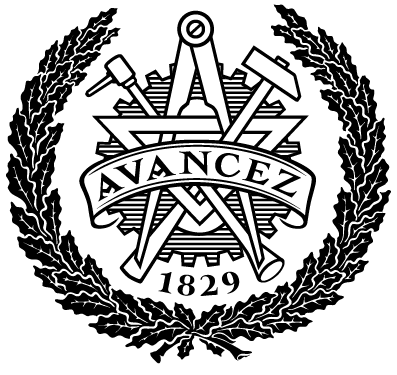Virtual Integration and Simulation of Autonomous Systems
| dc.contributor.author | Krishna, Ashok | |
| dc.contributor.author | Sambanthan, Palaniappa | |
| dc.contributor.department | Chalmers tekniska högskola / Institutionen för mekanik och maritima vetenskaper | sv |
| dc.contributor.examiner | Jacobson, Bengt | |
| dc.contributor.examiner | Fabian, Martin | |
| dc.contributor.supervisor | Lönn, Henrik | |
| dc.contributor.supervisor | Ljungkrantz, Oscar | |
| dc.date.accessioned | 2020-01-10T15:22:37Z | |
| dc.date.available | 2020-01-10T15:22:37Z | |
| dc.date.issued | 2019 | sv |
| dc.date.submitted | 2019 | |
| dc.description.abstract | Virtual integration and simulation is an important approach and often the most cost effective solution in understanding and verifying systems, as it aids in analyzing a system that is comprised of different software/environments. Early verification and validation through virtual integration helps reduce the lead times in product development.The main aim of this thesis is to investigate the possible approaches to integrate Matlab/Simulink and ROS (in Ubuntu 16.04v in VirtualBox) with the Volvo Trucks’ in-house simulator tool ADAPT, thereby creating a hybrid simulation environment for the functionality domains of Vehicle Motion Management (VMM), Motion Support Devices Management (MSDM), Traffic Situation Management (TSM) and the vehicle model. Several integration combinations involving the respective functionality domains in the above mentioned software have been tried in this thesis work. Volvo Transports Model (VTM) in Matlab/Simulink is used used by Volvo GTT for vehicle dynamics modeling and function development. Furthermore, as part of the integration, the existing vehicle dynamics modeling components in VTM, is swapped with a FMU of simpler OpenPBS model which has been modeled in Modelica format using the software Dymola. This task aids in providing a simpler, open source based vehicle model which has several advantages like faster simulation time, ease of model translation into different formats. The other objectives include, identifying the limits and capabilities of these tool integrations and plant models. Finally, the simulation behavior, execution time, synchronization level for the integrations is compared. | sv |
| dc.identifier.coursecode | MMSX30 | sv |
| dc.identifier.uri | https://hdl.handle.net/20.500.12380/300646 | |
| dc.language.iso | eng | sv |
| dc.relation.ispartofseries | 2019:03 | sv |
| dc.setspec.uppsok | Technology | |
| dc.subject | Virtual Integration | sv |
| dc.subject | OpenPBS | sv |
| dc.subject | Modelica | sv |
| dc.subject | Matlab/Simulink | sv |
| dc.subject | ADAPT | sv |
| dc.subject | ROS | sv |
| dc.subject | VirtualBox | sv |
| dc.subject | Ubuntu | sv |
| dc.title | Virtual Integration and Simulation of Autonomous Systems | sv |
| dc.type.degree | Examensarbete för masterexamen | sv |
| dc.type.uppsok | H | |
| local.programme | Automotive engineering (MPAUT), MSc |
Ladda ner
Original bundle
1 - 1 av 1
Hämtar...
- Namn:
- 2019-03 Ashok Krishna & Palaniappa Sambanthan.pdf
- Storlek:
- 5.57 MB
- Format:
- Adobe Portable Document Format
- Beskrivning:
- Master thesis
License bundle
1 - 1 av 1
Hämtar...
- Namn:
- license.txt
- Storlek:
- 1.14 KB
- Format:
- Item-specific license agreed upon to submission
- Beskrivning:
